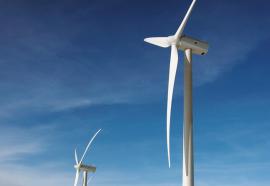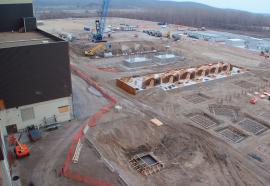Letters to the Editor
Taming the Wind is a pleasure to read. The article captures just about perfectly the value of forecasting in cost-effectively and reliably integrating wind power, of balancing in large markets, of geographical spread, and more. It also looks at what the future could hold.










